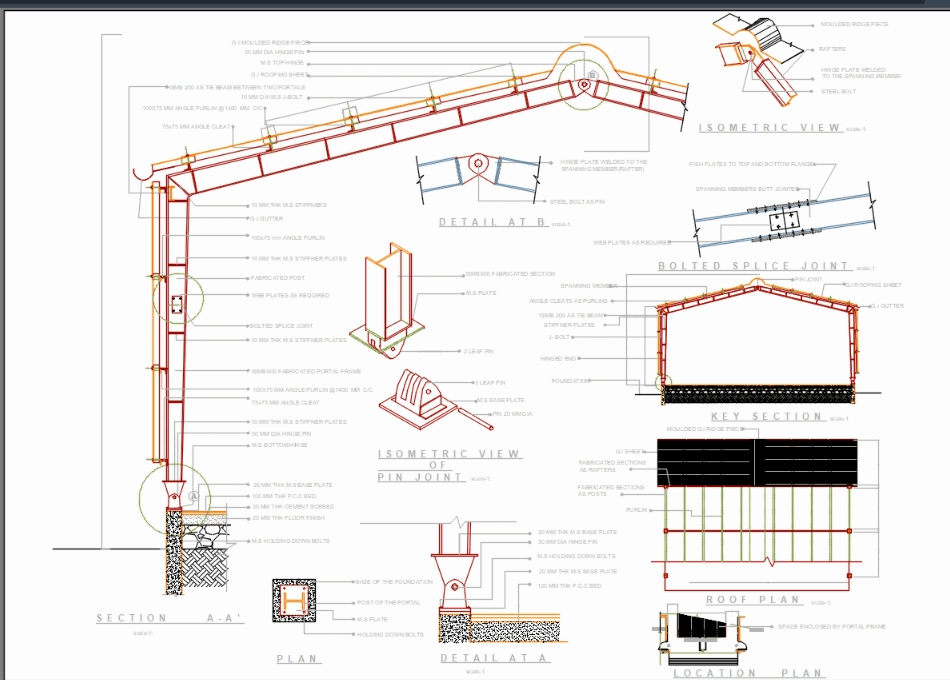Using Dynamic Blocks In Autocad
Dynamic blocks contain rules and restrictions that control the appearance and behavior of a block when it is inserted into a drawing or when it’s later modified. You can add these rules and controls to any existing block as well as using them when you create new blocks. How do you edit attributes in AutoCAD? Sep 08, 2020 To make a standard AutoCAD block into a dynamic one, all you do is add the appropriate parameters and actions. Each parameter and action provide the ability for the block to be changed after it is inserted. After selecting the block, special grips appear that allow you to change the dynamic block. Here are some examples of using dynamic blocks. AutoCAD® 2006 Dynamic Blocks in AutoCAD Part 2 of 3: Inventory of Block Editor, Commands, Parameters, Actions, and Parameter Sets. This second of three white papers on Dynamic Blocks in AutoCAD® 2006 documents the software’s parameters, actions, and parameter sets so that you can discover how they might best apply to your situation.
Using Dynamic Blocks In Autocad Free
In a dynamic block reference, a scale actionbehaves similar to the SCALE command.
The scaleaction is similar to the SCALE command. In a dynamic blockreference, a scale action causes the block's selection set to scalewhen the associated parameter is edited by moving grips or by usingthe Properties palette.
In a dynamicblock definition, you associate a scale action with an entireparameter, not a key point on the parameter. You can associate ascale action with any of the following parameters:
- Linear
- Polar
- XY
Afterassociating a scale action with a parameter, you associate theaction with a selection set of geometry.
Specify theType of Base Point for a Scale Action
The scaleaction has a property called Base Type. Withthis property, you specify whether the base point for the scalefactor is dependent or independent.
If the basetype is dependent, the objects in the selection set scale relativeto the base point of the parameter with which the scale action isassociated. In the following example, a scale action is associatedwith an XY parameter. The scale action base type is dependent. Thebase point of the XY parameter is located at the lower left cornerof the rectangle. When the custom grip is used to scale the block,it scales relative to the lower-left corner of the rectangle.
If the basetype is independent (shown in the Block Editor as an X marker), youspecify a base point independent of the parameter with which thescale action is associated. The objects in the selection set willscale relative to this independent base point you specify. In thefollowing example, a scale action is associated with an XYparameter. The scale action base type is independent. Theindependent base point is located at the center of the circle. Whenthe custom grip is used to scale the block, it scales relative tothe center of the circle.
Specify theScale Type Property for a Scale Action
When a scaleaction is associated with an XY parameter, the scale action has anoverride property called Scale Type. Thisproperty specifies whether the scale factor applied is theparameter's X distance, Y distance, or X and Y coordinate value distance from the parameter's basepoint.

For example,you specify X Distance as the Scale Type for a scale action in adynamic block definition. In a drawing, when you edit the blockreference by dragging a grip on the XY parameter only along the Yaxis, the associated geometry does not scale.